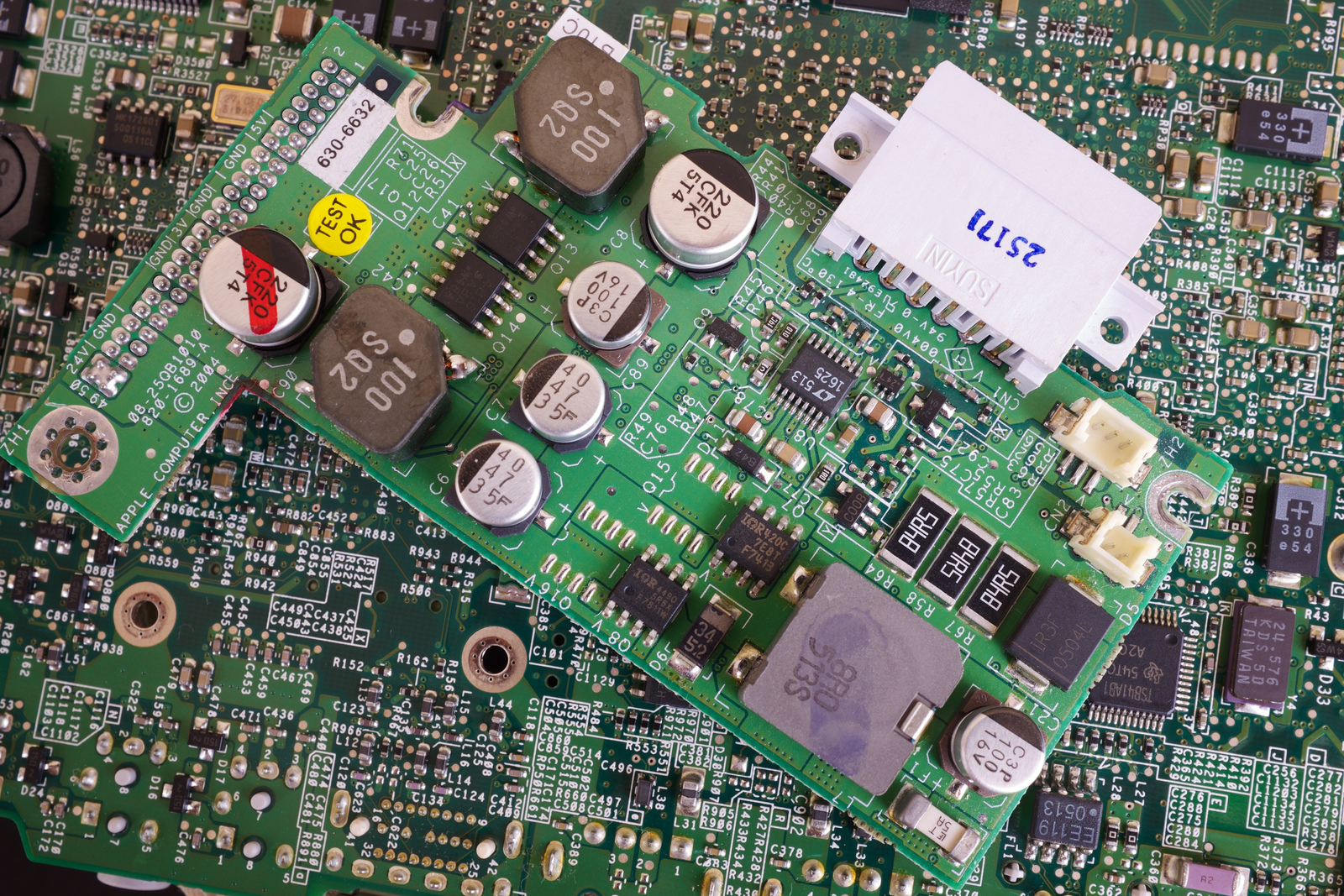

Lower energy costs – Only the fans need power in an air-to-air HEX cooling system. They take advantage of energy that is already in the system to reduce or eliminate the need for other less efficient cooling and heating systems. The main benefits of air-to-air HEX cooling systemsĮnergy efficiency – Air-to-air heat exchangers can achieve up to 90% heat recovery. Precooling the outside air, and possibly removing humidity, will help the other cooling systems operate more efficiently and make it easier to get in enough fresh outside air.įor heating systems – We’re talking about cooling in this article, but it’s worth mentioning that air-to-air HEX systems can also be used in all kinds of situations where enclosures need to be heated. But even in those systems, air-to-air HEX cooling is still useful. In hot and humid climates, it’s a good bet that fresh air will need more cooling than HRV and ERV alone can provide. With an additional cooling system – It’s not always possible to do without additional cooling. This would mean that year-round, or in some seasons, no extra input of energy would be needed to further cool the enclosure. Without an additional cooling system – In some climates, it’s possible to just pull in outside air to satisfy needs for cooling an enclosure. See the benefits and scenarios sections below for more details. New construction and replacement systems – The different sizes are made to fit all kinds of different standards, both new and old.įor small-scale and large-scale applications – You can scale HEX cooling systems to meet all kinds of demands, from small to very large enclosures for residential, commercial and industrial applications. Since air-to-air heat exchangers come in so many varieties and sizes, they can be used for all sorts of different applications. Possible scenarios for air-to-air HEX cooling systems įor more information, be sure to read the article where our experts answer common questions about air-to-air heat exchangers. For example, Swiss Rotors produces counterflow heat exchangers in many sizes, with polymer and aluminum cores, and as part of a larger HexWall system. Lastly, heat exchangers come in all shapes and sizes. To learn more about it, read about the Benefits of Aluminium and Polymer Counterflow Heat Exchangers. Two common choices are aluminum and polymers. The materials used for heat exchange also differ between designs.

In counterflow heat exchangers, the airflows remain separate at all times. Crossflow heat exchangers mix the two airflows. Each has a different physical configuration. When it comes to air-to-air heat exchangers, there is a crossflow and counterflow method. There are many ways to exchange heat and humidity between airflows.

Others only do heat recovery ventilation (HRV), where no humidity is exchanged between the two airflows. Some perform energy recovery ventilation (ERV), exchanging both heat and humidity. It’s also important to note that there are several different kinds of air-to-air heat exchangers. A fan is needed to pull air through the heat exchanger, but that’s it. In any case, air-to-air heat exchangers are energy-efficient. Such a system could also pull in cooler air, but we’ll get into all the possibilities later. You can accomplish this without a huge input of energy to maintain the desired internal temperature. This allows you to pull in fresh air to meet indoor air quality standards and keep those in the building comfortable. For example, in an air-to-air HEX cooling system, that could mean pulling in warmer outside air and cooling it with the air leaving the building. In this article, we’re particularly interested in the case where both fluids are air (because technically speaking, gases like air are fluids too).Īir-to-air heat exchangers rely on a temperature difference between two air sources, heating one source and cooling the other. Many kinds of different HVAC systems use heat exchangers, heating and cooling liquids, gases and solids for diverse applications.

Heat exchangers transfer heat, and sometimes humidity, from one fluid to another. All involve some kind of heat exchanger (HEX) cooling system. When you need to cool some kind of enclosure, you need to take the heat from the inside and send it outside. The second case is what we’ll discuss in this article. Other times you want to get rid of as much as possible. Sometimes you need more heat and humidity inside. HVAC mostly involves moving heat and humidity around in the most efficient and appropriate way possible.


 0 kommentar(er)
0 kommentar(er)
